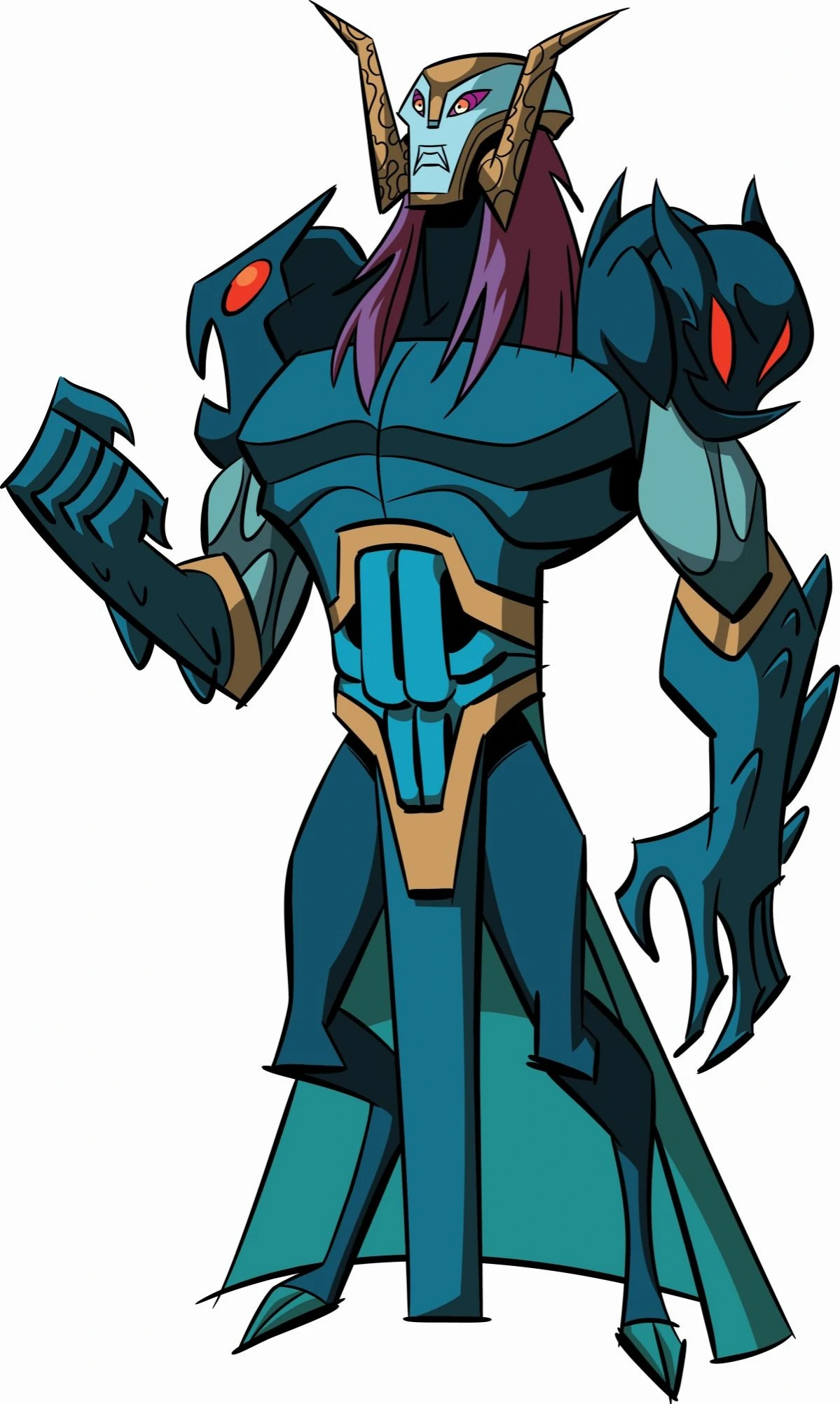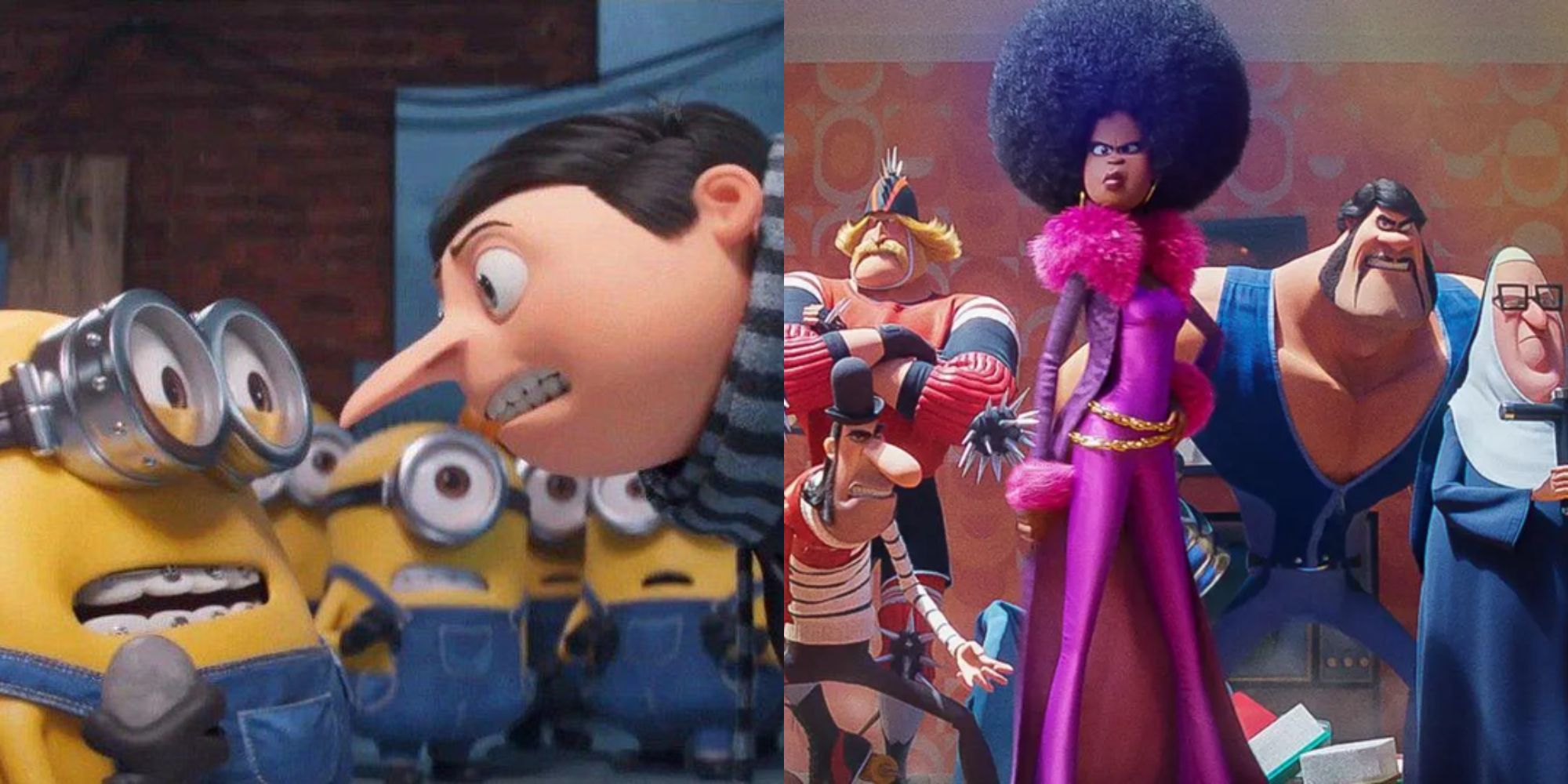Unveiling "The Rise Of A Villain": Factors & Psychology Behind It
Is villainy a choice, a consequence, or a twisted reflection of our own societal failures? The answer, unsettlingly, is all of the above, suggesting that the line between hero and villain is far thinner and more permeable than we comfortably admit.
The concept of the "rise of a villain" is not merely a plot device relegated to the realms of fiction; it's a mirror reflecting the darkest corners of the human psyche and the societal structures that can warp an individual's path. For centuries, literature, film, and television have grappled with this phenomenon, dissecting the transformation from an ordinary person into someone who commits acts of profound evil. It's a narrative that forces us to confront uncomfortable truths about ourselves and the world we inhabit.
| Understanding the "Rise of a Villain" - Key Aspects | |
|---|---|
| Concept | Details |
| Definition | Exploration of how an ordinary person transforms into a villain. |
| Influences | Literature, film, television, psychological studies, sociological analyses. |
| Motivations | Revenge, power, chaos, distorted sense of justice. |
| Psychological Factors | Childhood trauma, personality disorders (antisocial, narcissistic), brain abnormalities (e.g., psychopathy). |
| Societal Role | Influence of environment, societal values, poverty, violence, and injustice. |
| Tragic Element | Loss, trauma, misfortunes leading to a descent into villainy. |
| Redemption | Possibility and path involving remorse, change of heart, making amends, forgiveness. |
| Legacy | How the villain is remembered; impact on history and society. |
| Further Resources | |
| Psychology Today - Understanding the Human Mind |
- A New Chapter Matt Mauser Remarried After Loss Inspiration
- Unlock Hdhub4u Watch Kgf Chapter 2 Online Review Amp Cast

Baron Draxum Rise of the TMNT Wiki Fandom

"Descendants The Rise of Red" Dolls Now Available

Manga Minions The Rise of Gru Characters Ranked From Least To Most